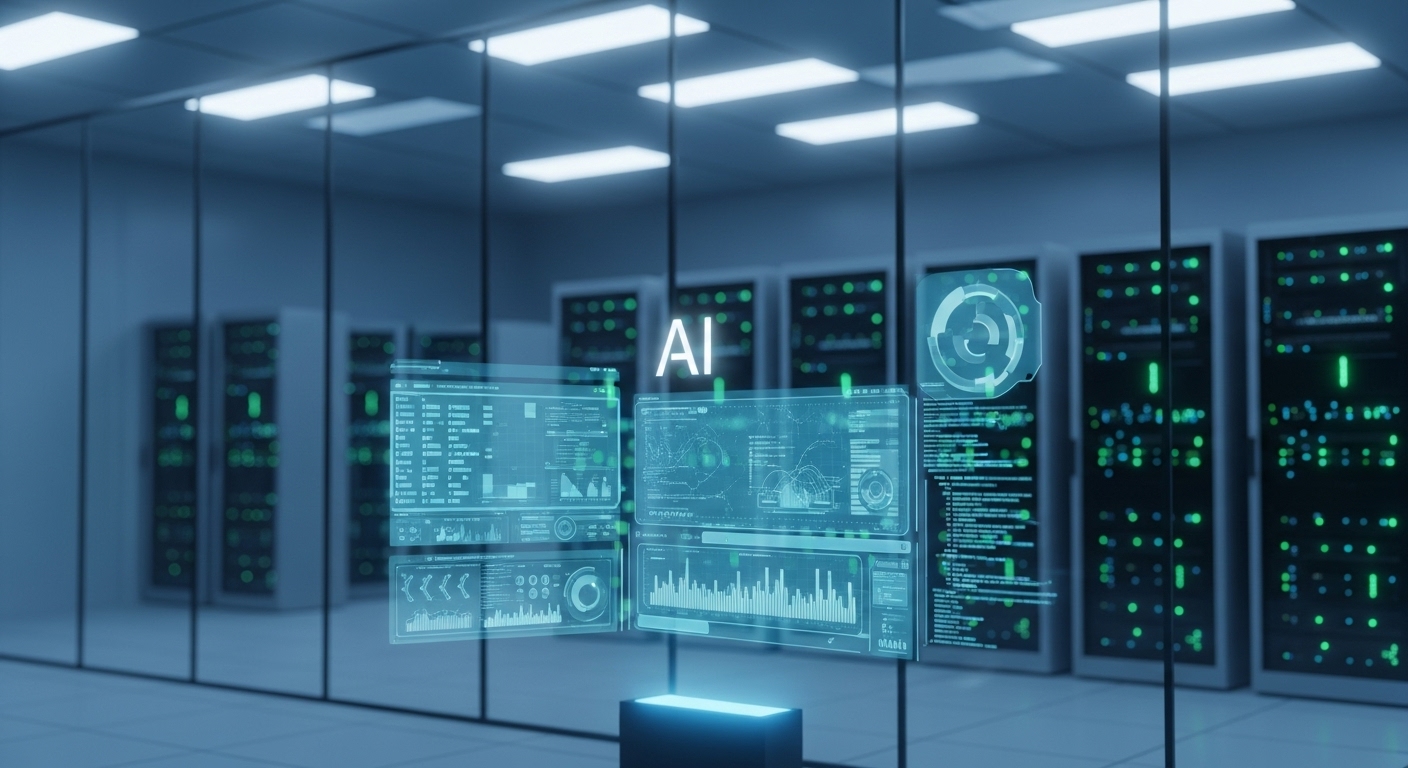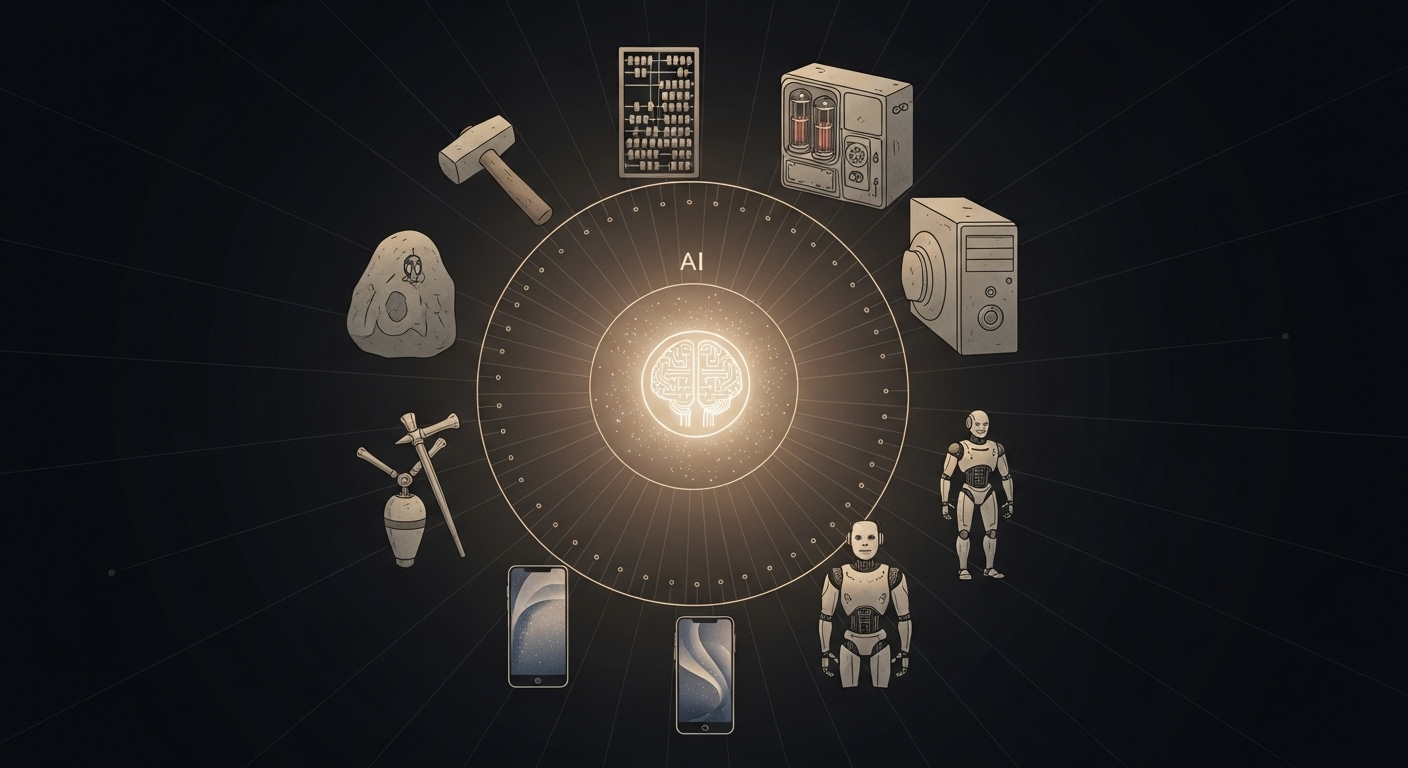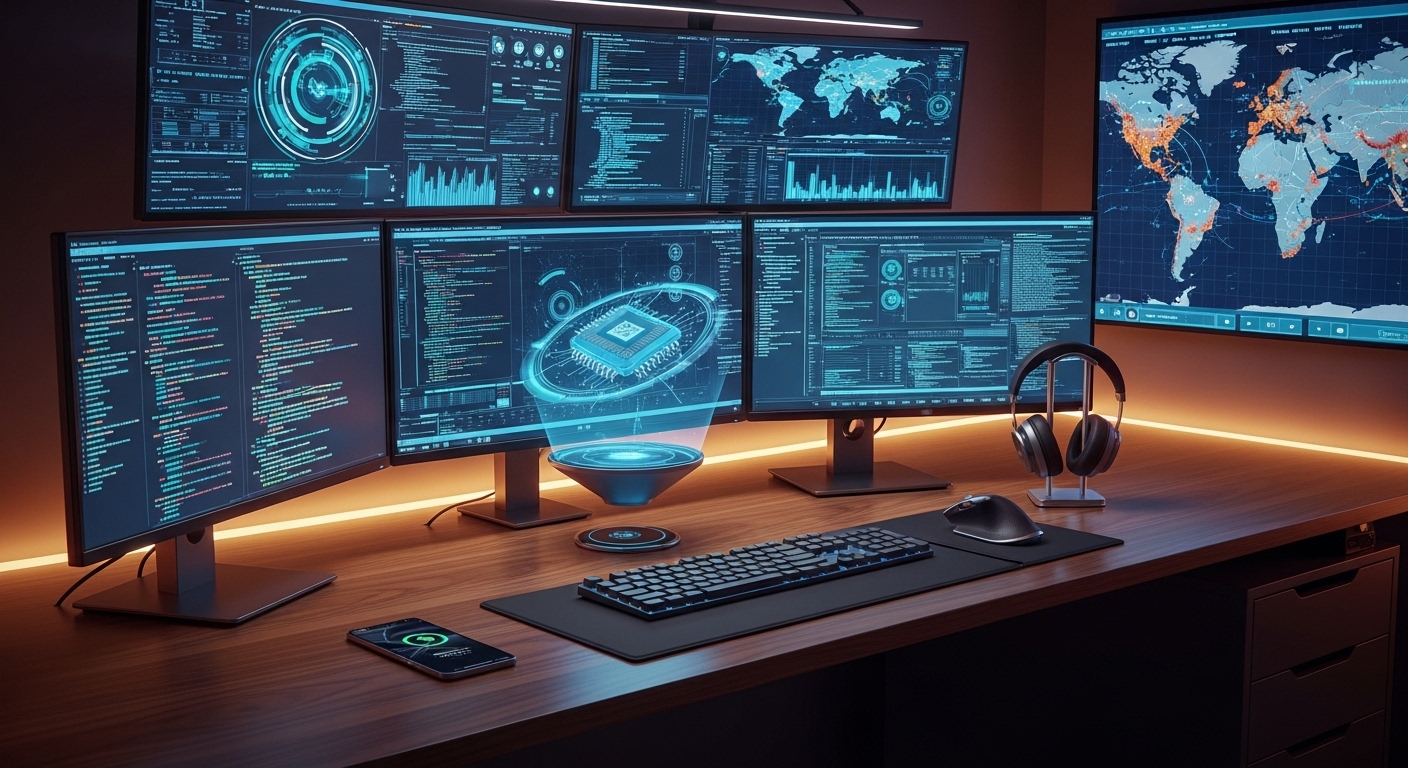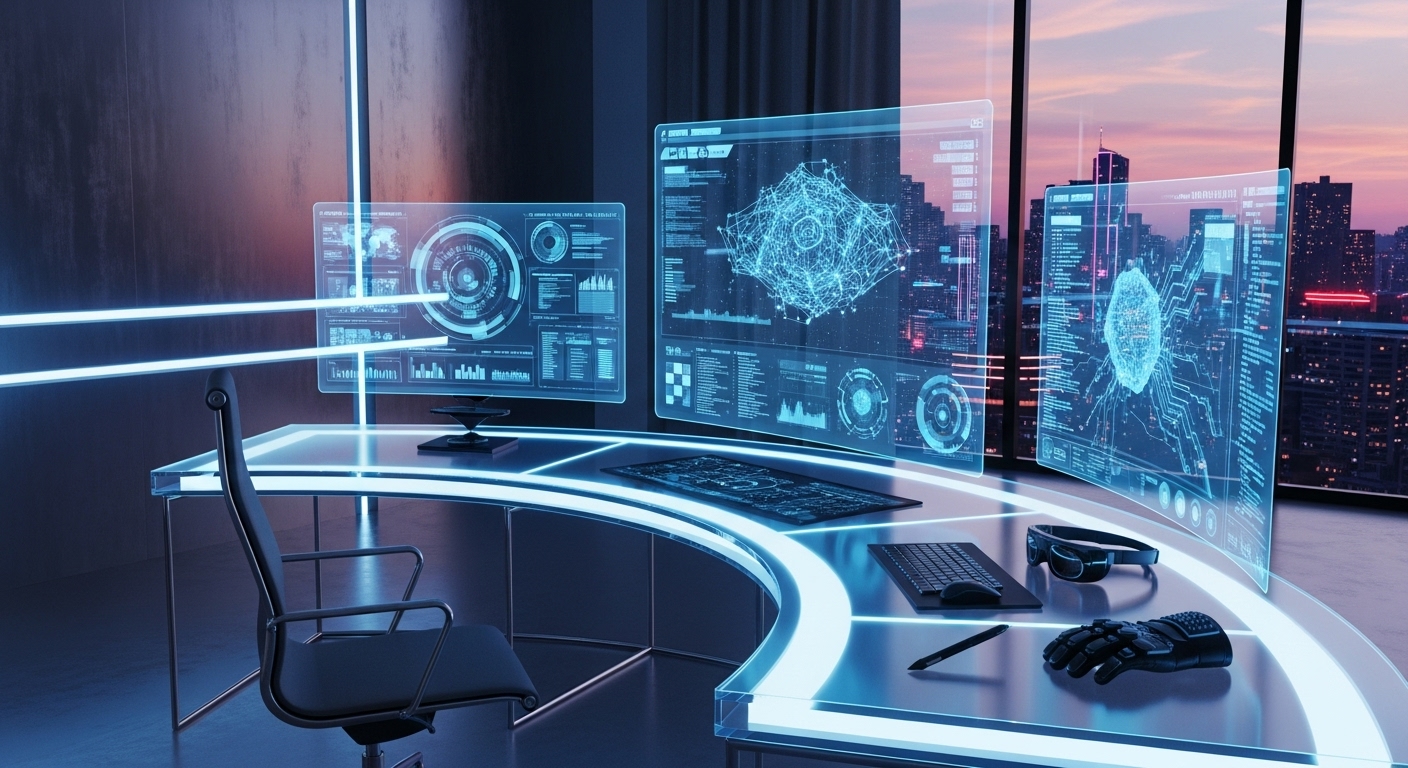Introduction: The Invisible Hand of Technology
In our fast-paced digital world, it’s easy to notice the massive leaps in innovation — the latest smartphones, electric vehicles, or AI breakthroughs. Yet, what often escapes our attention is the subtle transformation that happens in the background, reshaping the way we live, work, and think. This silent evolution of technology isn’t marked by loud revolutions but by small, incremental changes that integrate so deeply into our routines that we hardly notice them anymore.
From how we communicate with others to how we access information, entertain ourselves, and make decisions, technology has woven itself into the invisible fabric of modern life. This blog explores how everyday technology is quietly, yet profoundly, reprogramming the human experience.
The Smartphone: Our Pocket-Sized Command Center
Arguably the most powerful piece of everyday technology is the smartphone. What began as a tool for calls and text messages has evolved into a portable hub for almost every facet of life. With the tap of a screen, we can navigate to unfamiliar places, track our fitness, manage finances, join a video meeting, or even control home appliances.
More than just convenience, smartphones have redefined human behavior. Social norms have changed — we are more likely to text than call, take photos of our meals before eating, and double-check our screens before stepping outside. They also serve as digital diaries, storing memories, messages, schedules, and personal data.
Despite their power, smartphones are paradoxical. They promise connection but often lead to isolation. They offer productivity but frequently cause distraction. They are a perfect example of how subtle and deep technology’s influence can go — without a dramatic announcement, they’ve become essential to our daily identity.
Voice Assistants and the Age of Passive Interaction
One of the quietest yet most influential shifts in human-technology interaction has come with the introduction of voice assistants like those embedded in smart speakers and mobile devices. Without typing or clicking, users can now issue commands, set reminders, play music, and control smart home systems using natural language.
This transition to passive, background interaction reduces friction in daily tasks and makes technology feel more like an ambient presence than a tool. The less we have to think about using technology, the more seamlessly it integrates into our lives. Voice assistants illustrate this beautifully. They blend into our routines so quietly that they often become part of the background, just like electricity or running water.
However, this passive relationship raises questions about privacy and surveillance. When our devices are always listening, who else is? As these tools become smarter and more integrated, society must consider how much of our lives we’re comfortable automating and exposing to data collection.
The Quiet Rise of Smart Homes
Gone are the days when smart homes were futuristic fantasies. Today, millions of people control their lights, thermostats, security systems, and kitchen appliances through apps and voice commands. While these technologies are not as visually dramatic as flying cars or robotic servants, their influence is substantial.
Smart home systems contribute to energy efficiency by learning routines and optimizing settings. They enhance security with real-time monitoring and automated alerts. They simplify life by allowing remote control of household functions from anywhere in the world.
What’s truly interesting is how silently this shift has occurred. There was no single invention or overnight change — instead, people began adopting smart bulbs, plugs, speakers, and other gadgets until suddenly, their homes were interconnected ecosystems. This is technological evolution at its finest: invisible, incremental, and irreversible.
Streaming and the Redefinition of Media Consumption
Entertainment has always evolved with technology, but the shift from physical media and broadcast TV to digital streaming is among the most impactful transitions of our time. Today, streaming platforms have completely changed how, when, and what people watch or listen to.
On-demand content has shattered the boundaries of scheduled programming. Binge-watching is now a cultural norm. Algorithms personalize our viewing and listening habits to such a degree that our entertainment diets are increasingly shaped by predictive technology.
This change has also democratized content creation. Independent creators on platforms with video and audio content can now reach global audiences without needing traditional media gatekeepers. The result is a more diverse, more customized, and often more fragmented media landscape.
Streaming technology, like many others, succeeded by making itself almost invisible. Its convenience is so great that we barely remember the time before it existed — which is precisely what makes it revolutionary.
Work and Productivity: The Cloud Era
Perhaps no area has seen a quieter yet more profound transformation than the world of work. The cloud — a once-abstract concept — now underpins everything from email to document storage to collaborative editing. Tools that allow real-time sharing, feedback, and communication have redefined how teams function.
With the rise of remote work, these technologies have become lifelines. Video conferencing, cloud-based project management, and digital collaboration platforms are now standard. People work from their kitchens, coffee shops, or across continents as if they’re sitting next to each other.
This new model of work offers flexibility but also erases boundaries between professional and personal time. Notifications follow us home. Meetings happen across time zones. Digital presence is often valued more than physical attendance. Technology has changed not just how we work, but what work even means.
Wearable Technology: Health and Habit in Real Time
Wearables like smartwatches and fitness bands have transformed personal health from something monitored during doctor visits to something we check hourly. These devices track steps, heart rate, sleep cycles, oxygen levels, and even stress.
By making health data visible and actionable, wearables encourage healthier behaviors and allow early detection of potential issues. For some, they are motivational tools; for others, they become deeply integrated into a lifestyle of optimization and self-awareness.
While wearables may not be flashy, their influence is constant. They don’t announce themselves loudly — they vibrate gently on our wrists, reminding us to stand, breathe, or take a walk. It’s this subtle influence that marks the future of health tech: proactive, personalized, and seamlessly embedded in daily life.
Education in the Digital Age
Education is another domain undergoing a quiet revolution. Online learning platforms, video lectures, and interactive apps have made knowledge more accessible than ever. Students can now learn coding, languages, or advanced physics from the comfort of their homes.
Technology has also personalized learning. Adaptive systems analyze performance and adjust material to suit individual pace and style. Teachers use data-driven insights to tailor instruction, and students engage with content through gamification and multimedia tools.
Even traditional classrooms are now tech-enhanced environments, with tablets replacing textbooks and virtual labs offering simulations of real-world experiments. This integration isn’t loud or showy, but it’s deeply transformative, changing how we define teaching, learning, and academic success.
Transportation and Navigation
Ride-sharing apps, real-time GPS, and intelligent traffic systems have redefined mobility. People now navigate cities more efficiently, carpool with strangers safely, and track buses or trains in real time.
Electric scooters and bicycles, managed through apps, are quietly reshaping urban transport. Navigation tools adapt instantly to road closures or traffic jams. Behind the scenes, data analysis helps city planners make infrastructure decisions based on actual movement patterns.
Like many modern technologies, these tools are most powerful when they’re least visible. They don’t demand our attention — they quietly inform our choices, route us around delays, and help us arrive exactly where we want to be.
The Ethical and Psychological Dimensions
As everyday technology becomes more embedded in our lives, ethical concerns grow more complex. Who owns our data? How much should algorithms influence our decisions? Where does convenience end and surveillance begin?
There’s also the psychological impact. Constant connectivity can lead to anxiety and burnout. The expectation to always be available, always be productive, and always be informed can become overwhelming. The line between digital life and real life blurs, and maintaining balance becomes a new challenge.
While the tech industry often focuses on innovation, it must also take responsibility for these effects. Ethical design, transparent data policies, and user education are essential in building a future where technology enhances rather than erodes well-being.
The Future of Everyday Technology
Looking ahead, the evolution of everyday technology will likely become even more subtle and integrated. We will see homes that adjust to our moods, devices that anticipate our needs before we express them, and services that interact with us through conversation rather than commands.
Augmented reality could change how we interact with digital content in physical spaces. AI will continue to personalize every experience, from shopping and learning to health care and communication. And all of it will likely feel normal, even inevitable, as it slowly becomes part of the background.
The key question is not whether technology will continue to advance, but how we will choose to engage with it. Will we remain passive consumers, or will we shape our tools to reflect our values, needs, and aspirations?
Conclusion: Mastering the Quiet Revolution
The true power of technology lies not only in dramatic breakthroughs but in its quiet ability to become part of the ordinary. Every notification, algorithm, sensor, and app contributes to a digital environment that influences our thoughts, behaviors, and decisions.
Recognizing this influence is the first step to mastering it. We must remain conscious of how we use technology and how it uses us. The goal should not be to resist the future, but to engage with it wisely, ensuring that this silent evolution leads to a more thoughtful, balanced, and human-centered world.



